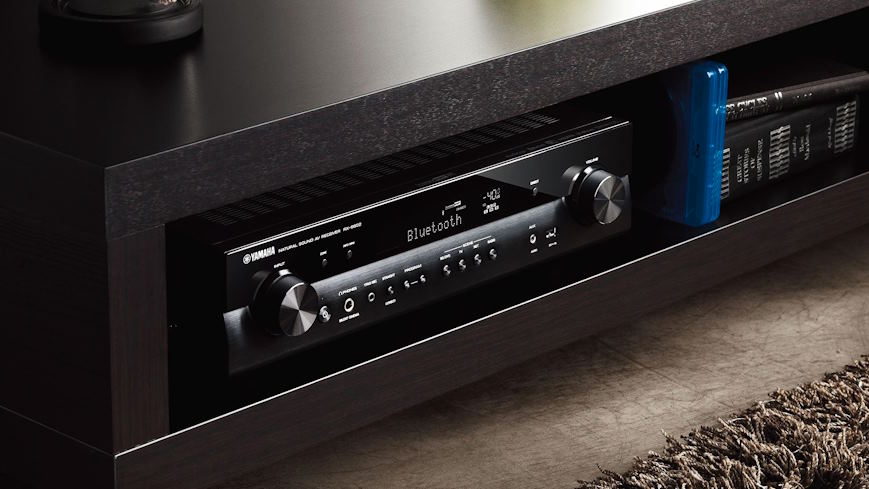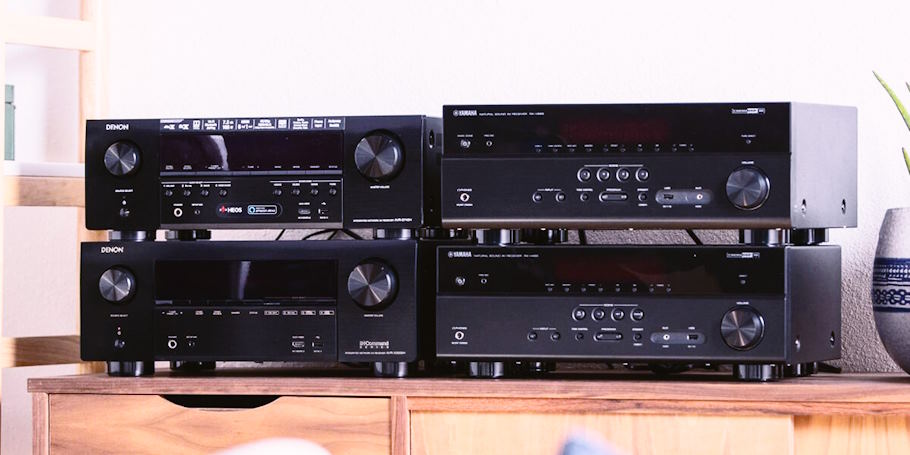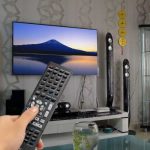
In today’s digital landscape, where gadgets and electronics are ubiquitous, the quest for energy efficiency has transcended mere cost savings to become a moral imperative. AV receivers, with their complex circuitry and continuous operation, represent a significant contributor to household energy consumption. The challenge lies in finding a balance between enjoying the captivating audiovisual experiences these devices offer and minimizing their ecological footprint. Fortunately, advancements in technology have paved the way for innovative power management solutions that empower users to tread lightly on the planet while indulging in their favorite media.
Energy-Efficient Operation Strategies
Standby Power Reduction
Standby power consumption, also known as vampire power, refers to the energy consumed by electronic devices while they are in standby or idle mode, awaiting user input. Despite their seemingly passive state, AV receivers can still draw a significant amount of power when not in use, contributing to unnecessary energy wastage. To minimize standby power usage, users can employ various techniques such as utilizing power strips with built-in timers or surge protectors to completely cut off power to the AV receiver when not in use. Additionally, adjusting the settings on the receiver to reduce the time it takes to enter standby mode can help decrease standby power consumption further.

Power-Saving Modes
Most modern AV receivers come equipped with power-saving modes designed to reduce energy consumption during periods of inactivity. These modes typically include options such as standby, eco, or low-power modes. By enabling these modes, users can automatically decrease the power consumption of their Marantz vs Yamaha AV receivers when not actively using them. To optimize power-saving modes, users should familiarize themselves with their receiver’s settings menu and configure them according to their preferences and usage patterns. Adjusting settings such as auto power-off timers and display brightness can help strike a balance between energy efficiency and user convenience.
Intelligent Power Management
Intelligent power management features leverage advanced algorithms and sensors to dynamically adjust the power consumption of AV receivers based on usage patterns and environmental conditions. These features may include features like auto-sensing inputs, which allow the receiver to power on automatically when a signal is detected, and adaptive power amplification, which adjusts amplifier power output based on the audio signal’s requirements. While intelligent power management can lead to significant energy savings and enhanced user experience, it may also come with drawbacks such as increased complexity and potential compatibility issues with older devices. Therefore, users should weigh the benefits and drawbacks carefully before enabling these features on their AV receivers.
User Practices for Energy Efficiency
Best practices for energy-efficient usage of AV receivers
Implementing energy-efficient practices when using AV receivers can significantly reduce their environmental impact and energy costs. Some best practices include turning off the receiver when not in use, as standby power consumption can account for a substantial portion of its energy usage. Additionally, avoiding excessive volume levels can help minimize power consumption by the amplifier circuits.

Tips for optimizing power consumption without sacrificing performance
Users can optimize power consumption without sacrificing performance by adjusting settings such as brightness levels on the receiver’s display and disabling unnecessary features like always-on network connections or backlighting. Utilizing power-saving modes and timers can automate energy-saving measures during periods of inactivity without compromising user experience.
Importance of user education and awareness
User education and awareness play a crucial role in promoting energy efficiency in AV receiver usage. By understanding the impact of their actions on energy consumption and the environment, users can make informed choices and adopt sustainable habits. Manufacturers and retailers can also contribute to user education by providing resources and guidelines on energy-efficient usage practices. Ultimately, fostering a culture of energy consciousness among users can lead to collective efforts in reducing energy consumption and minimizing environmental footprint in the realm of home entertainment.














